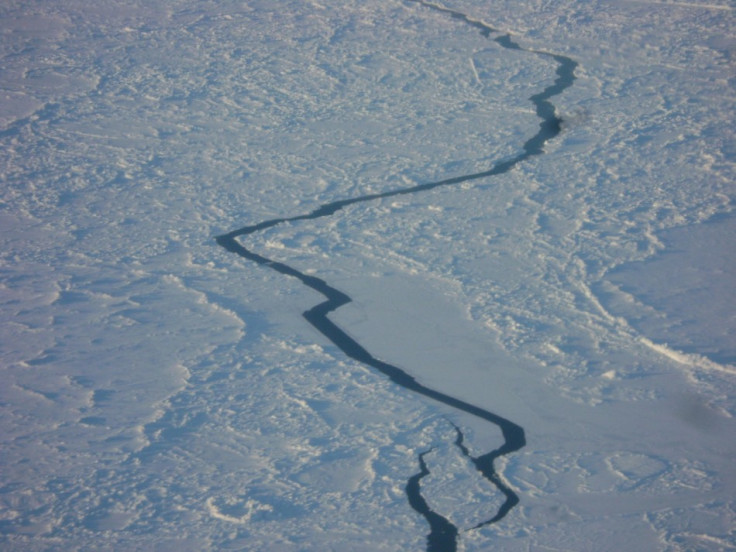Cryosat data reveals Arctic sea ice levels bounced back in 2014

Arctic sea ice has remained steady in 2014, according to data from Europe's Cryosat mission, which contradicts claims that global warming has set the polar north on a path to floe-free summers.
The spacecraft observed 7,500 cu km of ice cover in October when the Arctic traditionally starts its post-summer freeze-up, which is only slightly down on the 8,800 cu km recorded in 2013.
Two relatively cool summers in succession have allowed the ice caps to remain steady in volume. The ice level is still much less than the 20,000 cu km that used to stick around in the Octobers of the early 1980s, but the data does not indicate a collapse is close at hand.
Rachel Tilling from the UK's Nerc Centre for Polar Observation and Modelling (CPOM) at University College London (UCL) told the BBC: "What we see is the volume going down and down, but then, because of a relatively cool summer, coming back up to form a new high stand.
"So, what may be occurring here is a decline that looks a bit like a sawtooth, where we can lose volume but then recover some of it if there happens to be a shorter melt season one year."
Cryosat was launched in 2010 so that scientists could precisely monitor how much ice is covering the North Pole.
It reached a low of 5,300 cu km in 2011, but has bounced back steadily following sustained cold periods.
According to the latest data, Cryosat's five-year October average showed stable volume - 2014 is 12% above the five year-average.
Cryosat's data was presented in San Francisco to the American Geophysical Union (AGU) Fall Meeting.
© Copyright IBTimes 2025. All rights reserved.






















